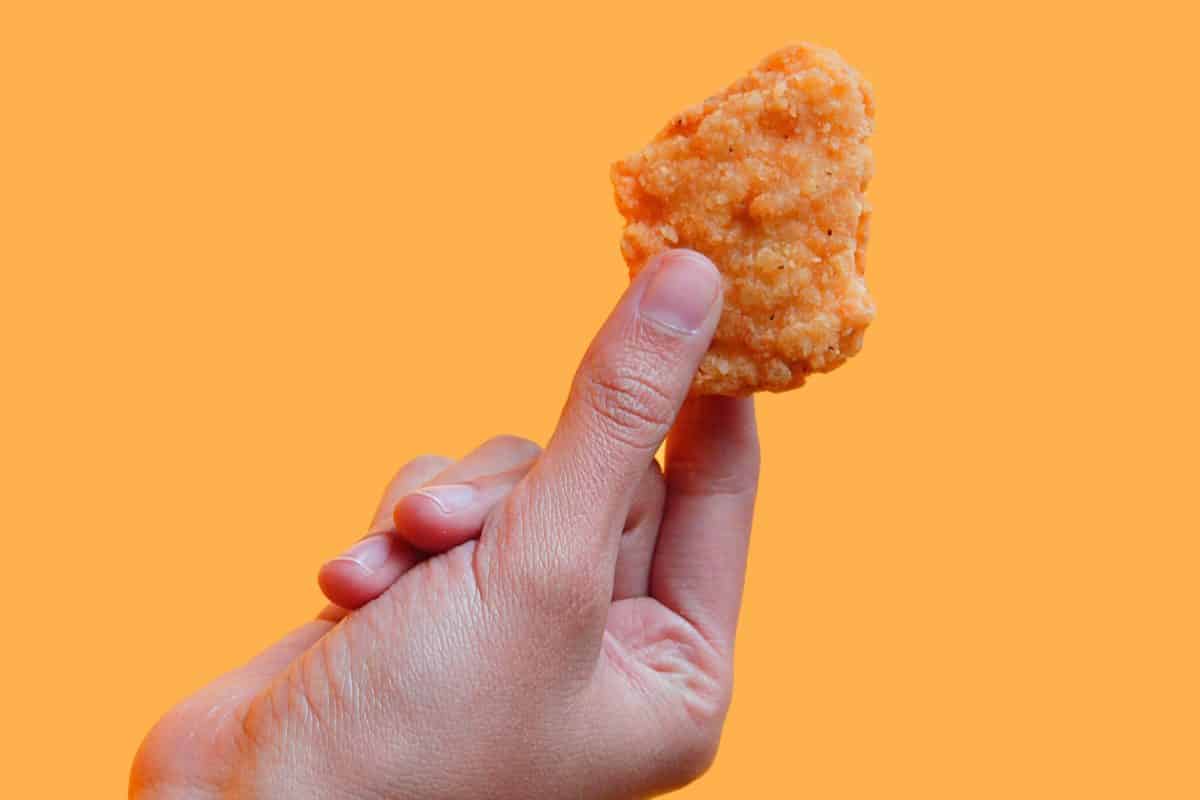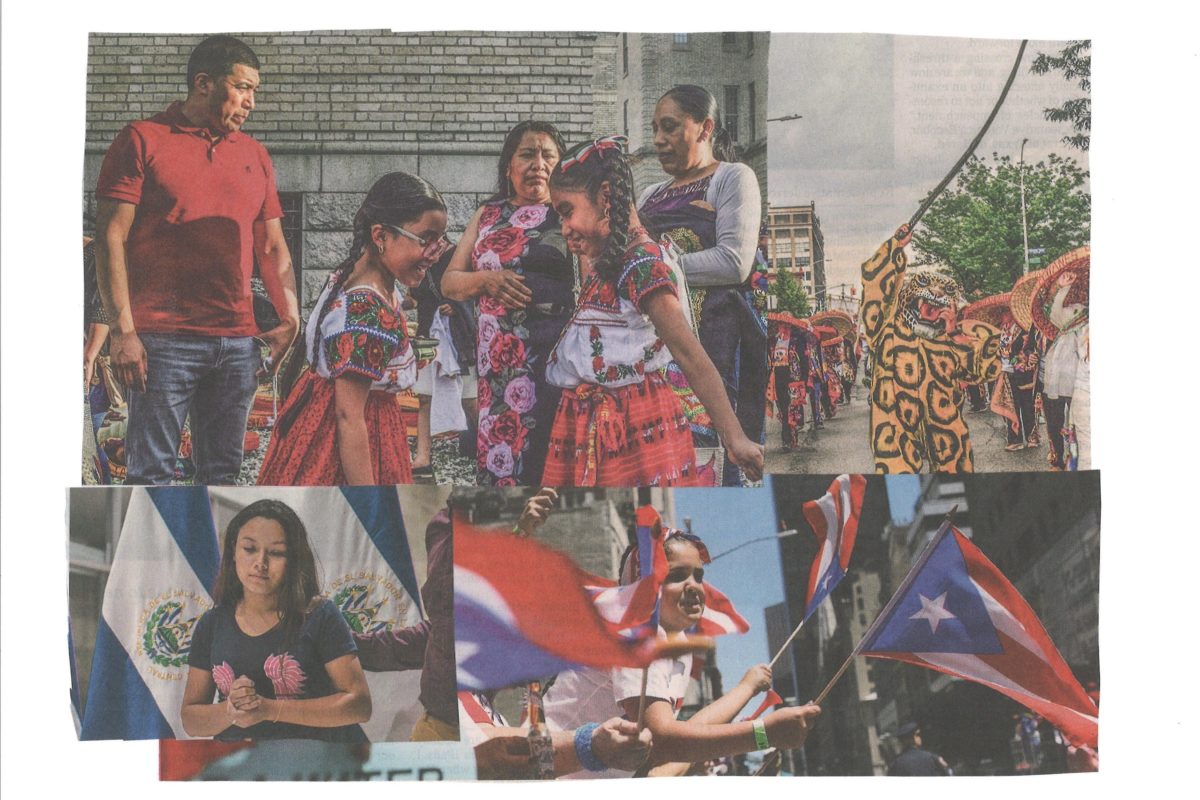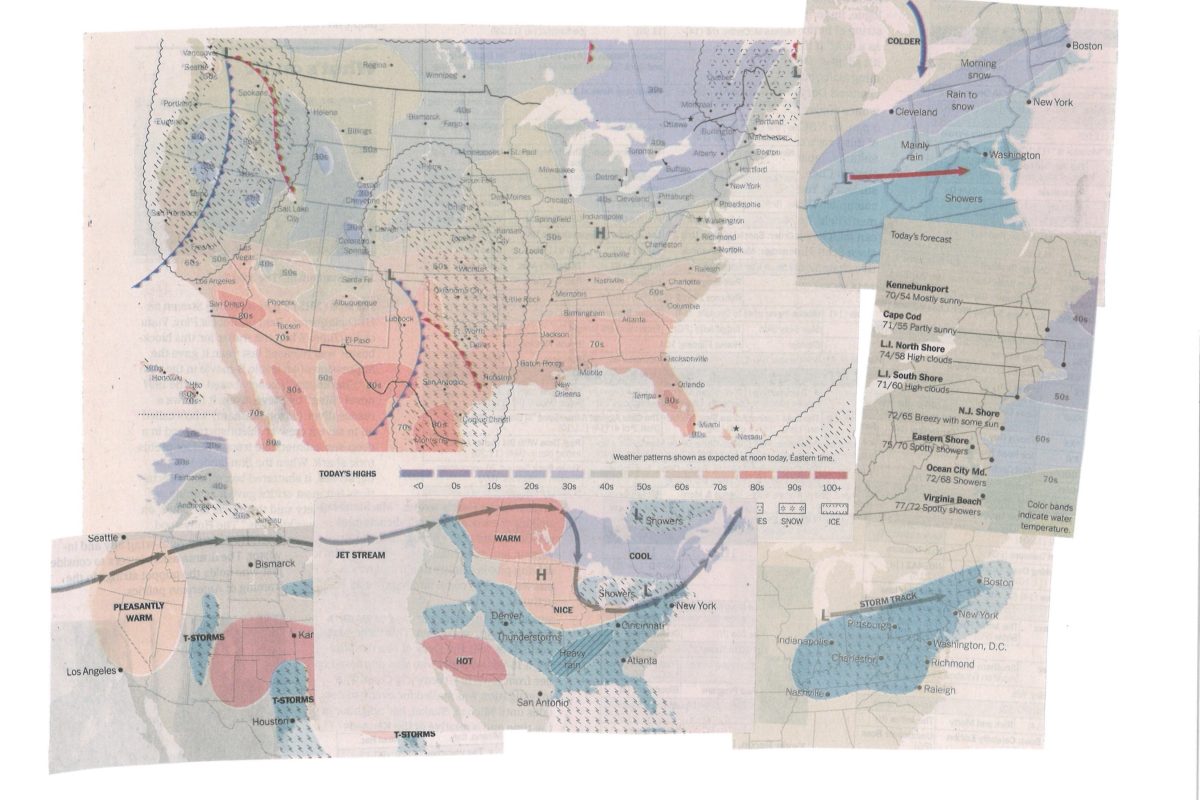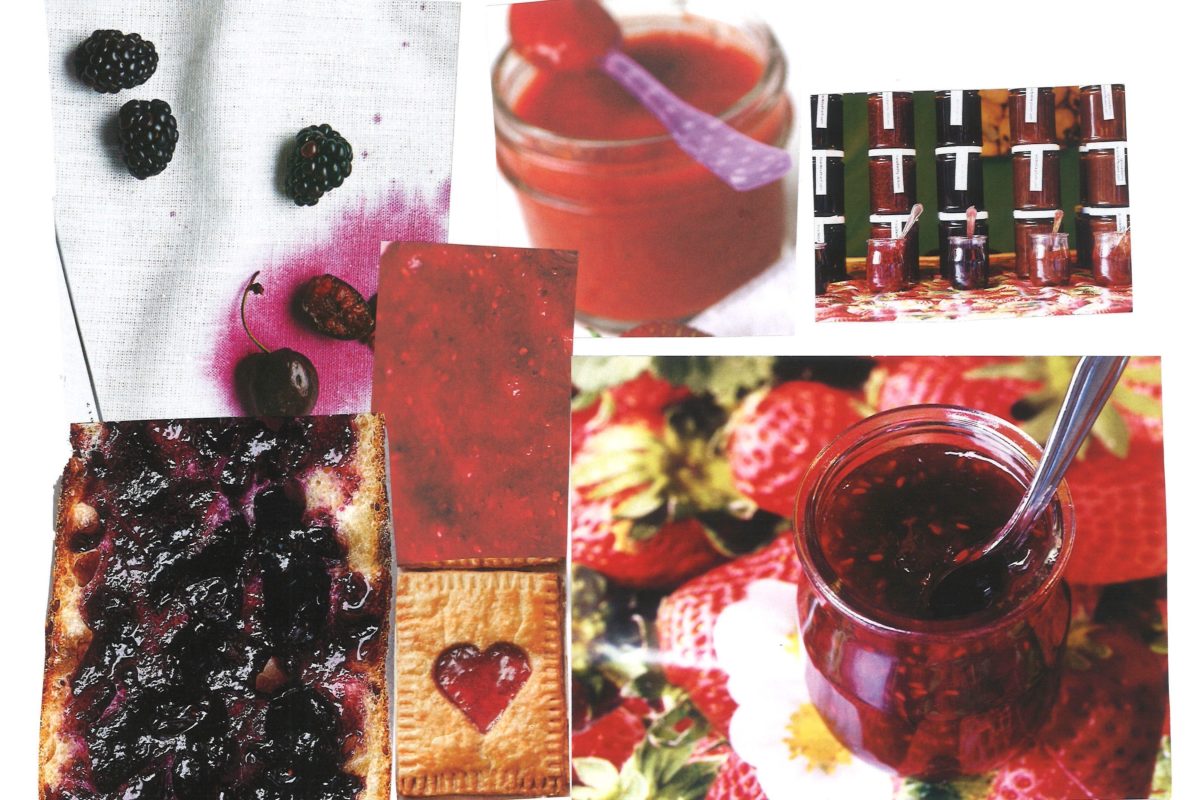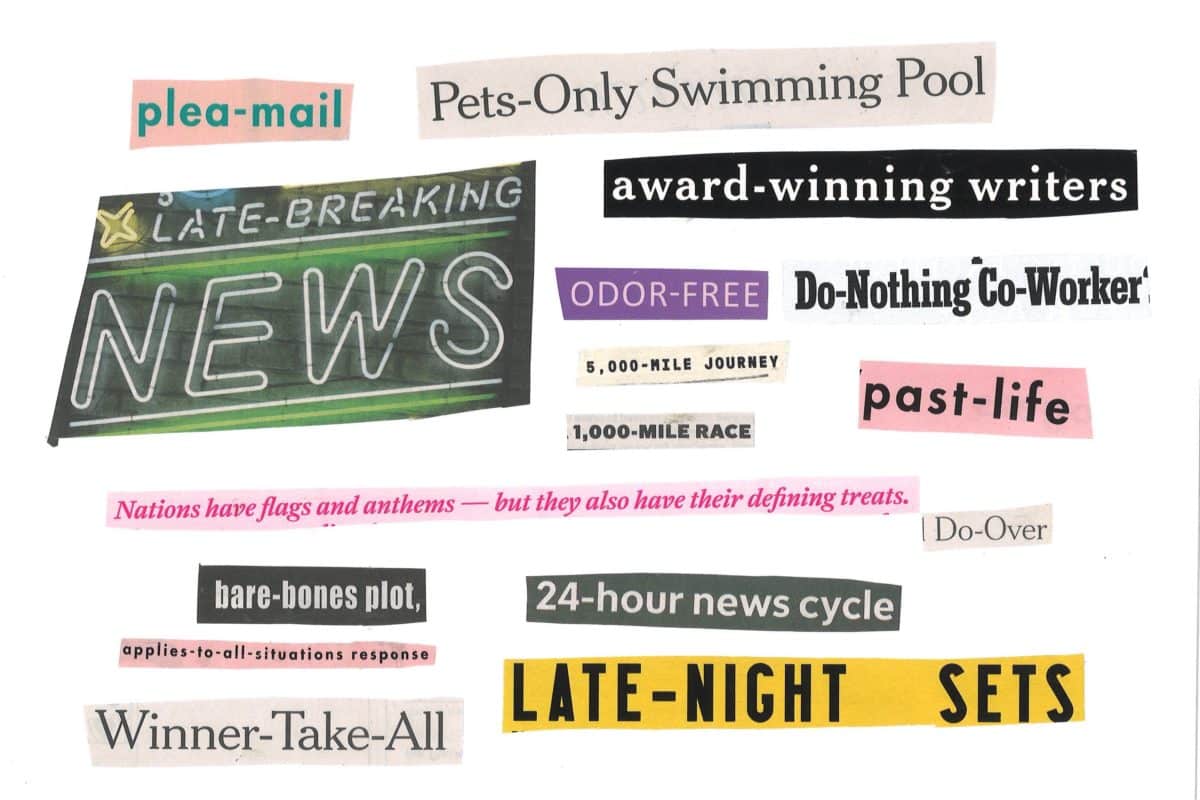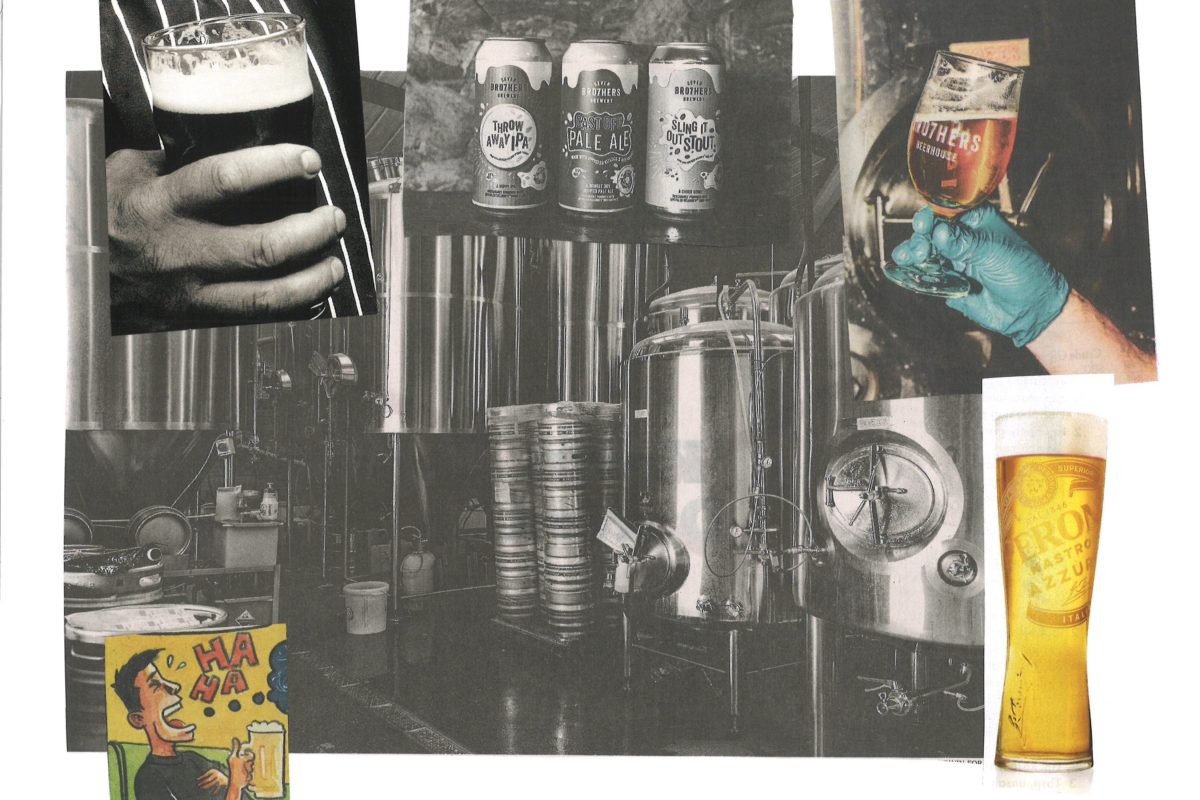To understand the differences between denim and chambray, we first must ask the question: What, exactly, is a fabric? A fabric is a collection of fibres and/or yarns that, in the case of a “woven fabric,” are interlaced at 90-degree angles to each other. The fibres going up and down are called the “warp,” and the fibres that run in the opposite direction—at the right angle to the warp—are called the “weft.” Got it? Let’s move on. Both denim and chambray are made from cotto read more
To understand the differences between denim and chambray, we first must ask the question: What, exactly, is a read more
Ah, the wonders of a boneless, skinless chicken breast: that unsullied expanse of solid muscle, that somewhat-flavorless-but-still-chickeny-enough-to-know-what-we're-eating taste we know so well, that blank canvas so eager to be sliced and chopped and smashed and bathed in various mixtures of condiments. Chances are, we are deeply familiar with this wonder of the world, as well as its many children: the cutlet, the finger, the tender, and the nugget. But how familiar? As we delight in these shin read more
Ah, the wonders of a boneless, skinless chicken breast: that unsullied expanse of solid muscle, that somewhat- read more
Words matter here at What’s the Difference HQ, and regardless of the tenor and tone of our current administration, it’s important to understand the meanings of the words and labels that we use every day. Case in point: Hispanic vs. Latino (or “Latina” for a woman, or “Latinx” as the gender-neutral or non-binary alternative). Though the words are often used interchangeably, they are, in fact, two markedly different terms: Hispanic denotes language, while Latino denotes geography. read more
Words matter here at What’s the Difference HQ, and regardless of the tenor and tone of our current administ read more
There are a lot of ways to get cute with this topic—lots of fun food-history tidbits to dredge up, lots of delightfully retro and oddly worded recipes to photocopy from my extensive collection of old-fashioned community cookbooks and brand-marketing ephemera—but let's get down to business. We all like fruit desserts, and we all like being right. So here is your reference to refer to while cooking, consuming, and conversing about the cobblered, crisped, and crumbled cooked-fruit casseroles we read more
There are a lot of ways to get cute with this topic—lots of fun food-history tidbits to dredge up, lots of d read more
When one discusses both the climate and the weather, one is drawing from the same bucket of building blocks: think temperature, humidity, solar radiation, precipitation, wind speed, etc. However, there are important—and far-reaching—distinctions between the two concepts, all that hinge around duration. As Encyclopedia Britannica so aptly puts it: “Weather and climate relate to one another in much the same way that an inning in a baseball game compares with the whole game.” Let’s st read more
When one discusses both the climate and the weather, one is drawing from the same bucket of building blocks: t read more
As spring and summer fruits begin to reveal themselves at the market, it feels appropriate to explore the nuances in the various methods of preserving them. Jam, jelly, preserves, marmalade, compote, and chutney all involve some combination of fruit, sugar, and heat, and they rely on pectin—a natural fiber found most plants that helps cooked fruit firm up—for texture. (Not all fruits contain the same amount of pectin, so powdered pectin is sometimes added—we’ll get into that below.) The read more
As spring and summer fruits begin to reveal themselves at the market, it feels appropriate to explore the nuan read more
Today, we’re tackling one of the more delightful intricacies of the grammatical universe: the world of dashes. Dashes come in three lengths: hyphens (-), en dashes (–), and em dashes (—). Generally, their lengths are indicative of how much “work” they have to do—in other words, the types of things that they’re joining together. The hyphen—the shortest of the bunch—connects what the Chicago Manual of Style describes as “two things that are intimately related, usually w read more
Today, we’re tackling one of the more delightful intricacies of the grammatical universe: the world of dashe read more
We all love our Pellegrino and LaCroix and the various fancy and non-fancy bubbly waters in between, but what are we actually drinking? Turns out there are marked differences in the various waters con gas we have available to us in these glorious times. Let’s start with the most basic: seltzer. Seltzer is just plain ol’ water, carbonated with added carbon dioxide. This is the bubbly stuff that’s most likely to come flavored, since it’s such a neutral canvas; it’s the base for you read more
We all love our Pellegrino and LaCroix and the various fancy and non-fancy bubbly waters in between, but what read more
As one might know from the Wizard of Oz or seventh-grade science class, tornadoes form over land, most commonly over the Central Plains in the spring or early summer, when moist, warm air from the Gulf of Mexico meets the cold, dry continental air coming from the Northwest. Compared to hurricanes and typhoons, they’re rather small and short-lived: the largest tornadoes are about one to one-and-a-half miles in diameter, and they rarely will travel more than six miles. The average life span o read more
As one might know from the Wizard of Oz or seventh-grade science class, tornadoes form over land, most comm read more
Experientially, the difference between a lager and an ale can be explained with brands of beer everybody knows: lagers are the crisp, thirst-quenching yellow beers like Budweiser and the like; ales are richer/more full-flavored beers that include pale ales (like Sierra Nevada) and everything else that isn't golden and clear (including Guinness, stouts, IPAs, and beers that nerdy college guys tend to prefer). While there are many many variables in beer making—including the kind of grains read more
Experientially, the difference between a lager and an ale can be explained with brands of beer everybody knows read more



